MTA to introduce ‘customer service ambassadors’ to help riders navigate the subway
Find out more
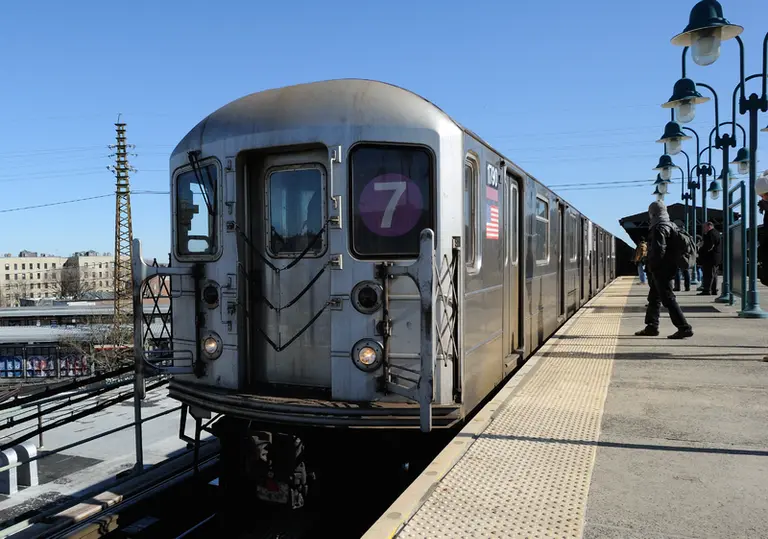
The 7-train will be getting the biggest boost in service this spring, photo via Wikimedia
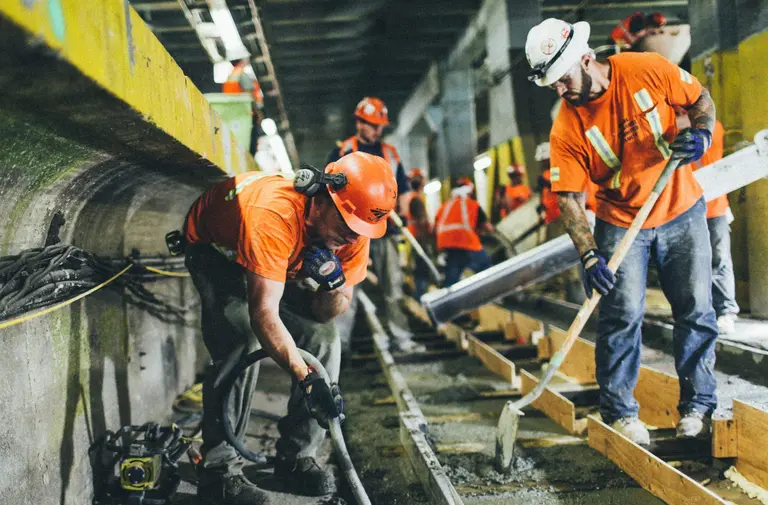
Amtrak workers setting concrete on track 10 at Penn Station this summer, image via Amtrak
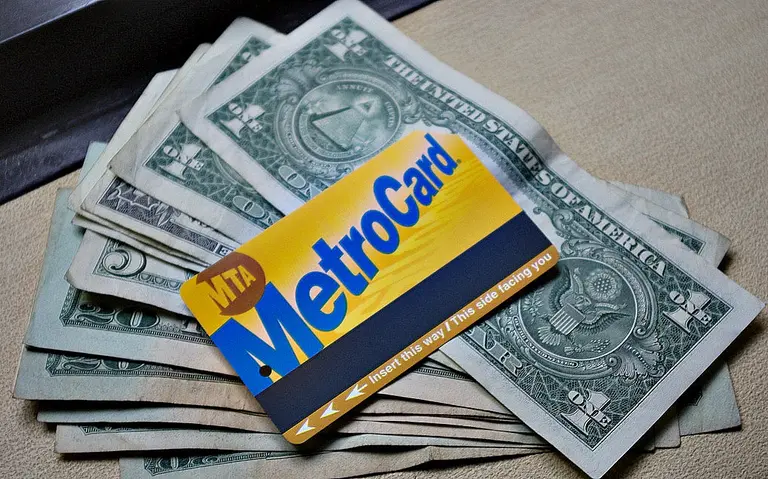
Image via WNYC
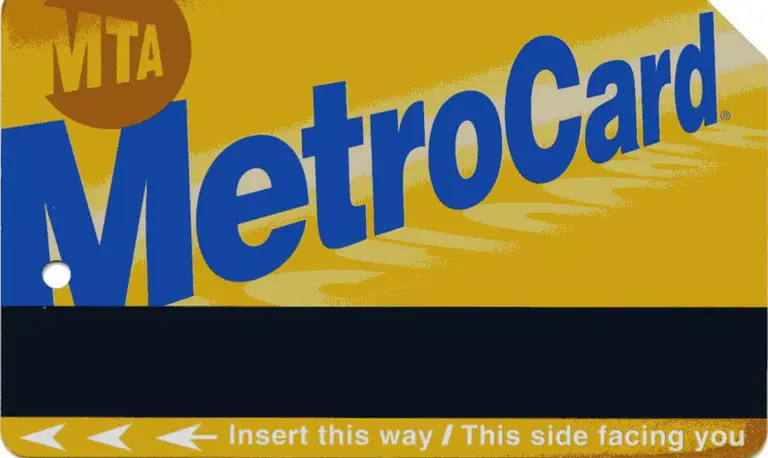
Photo via Wikimedia Commons
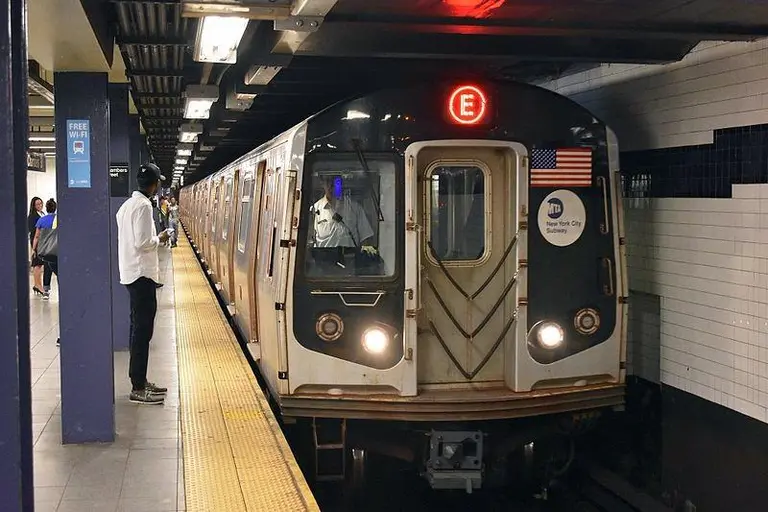
E-train at the World Trade Center station, via Wikimedia
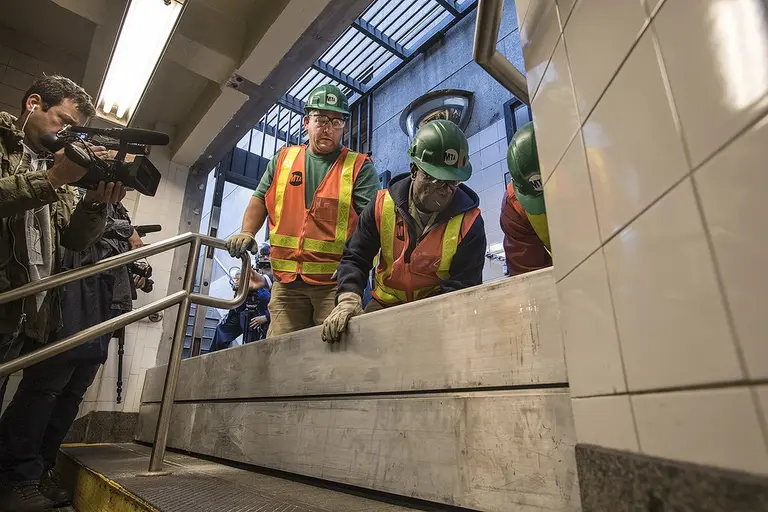
Photo courtesy of the MTA on Flickr
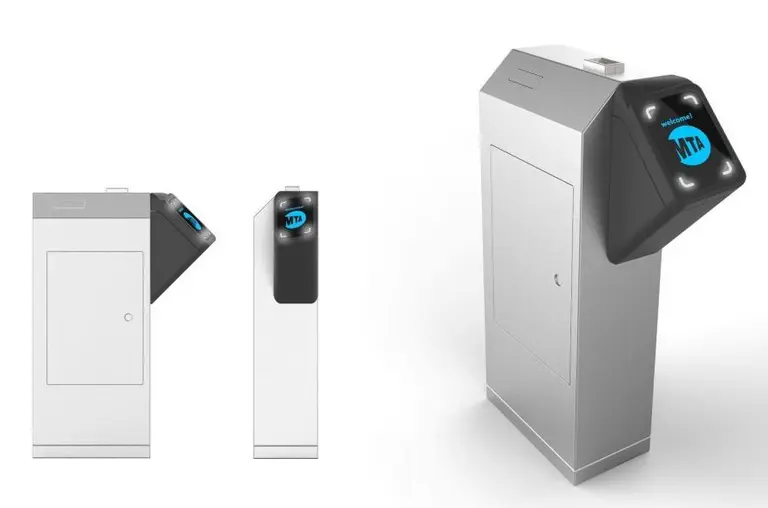
Cubic MTA payment system. Rendering courtesy of Cubic Corporation.
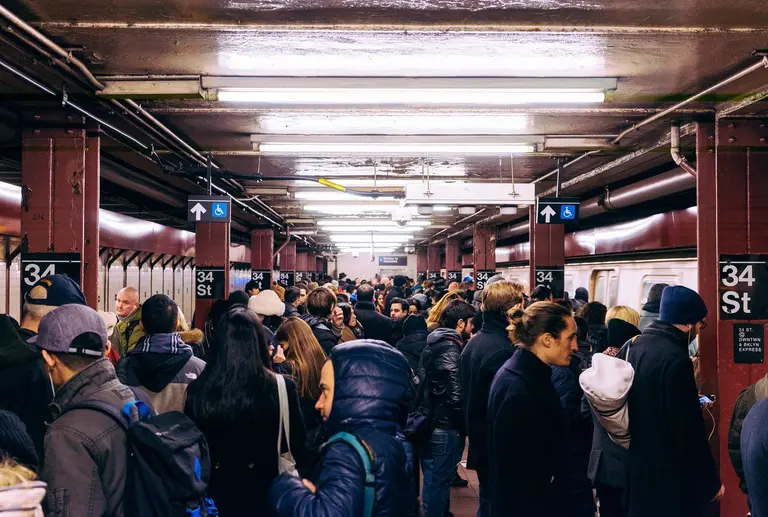
Photo courtesy of Roman Kruglov on Flickr
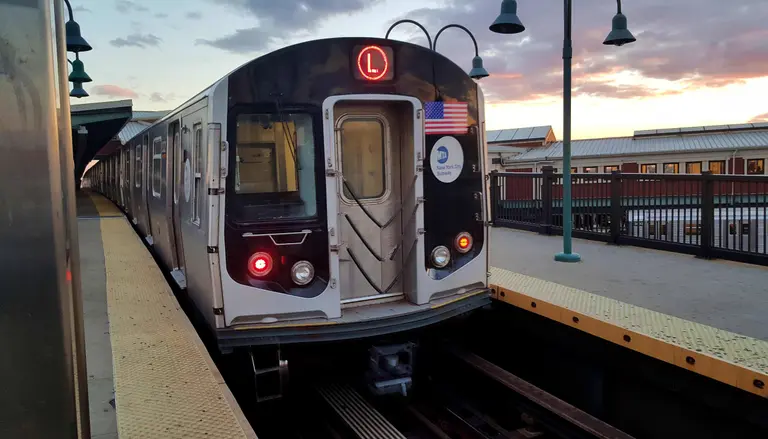
Photo of the L-train via Wikimedia
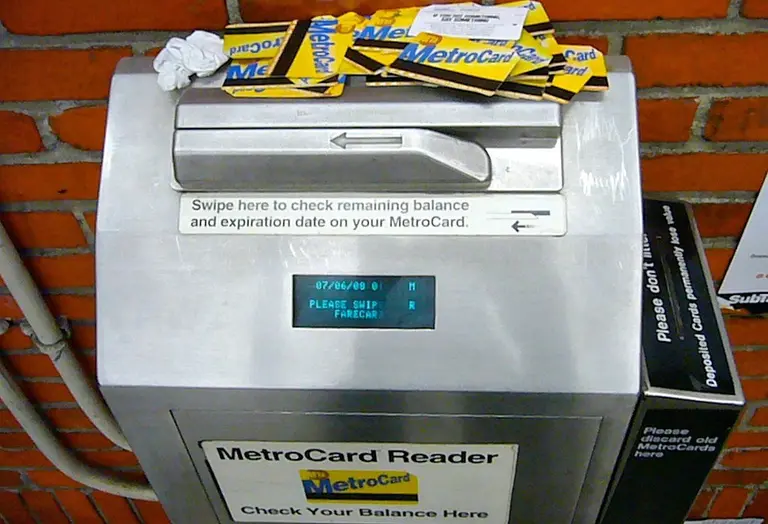
Image: Phil Hollenback via Flickr.
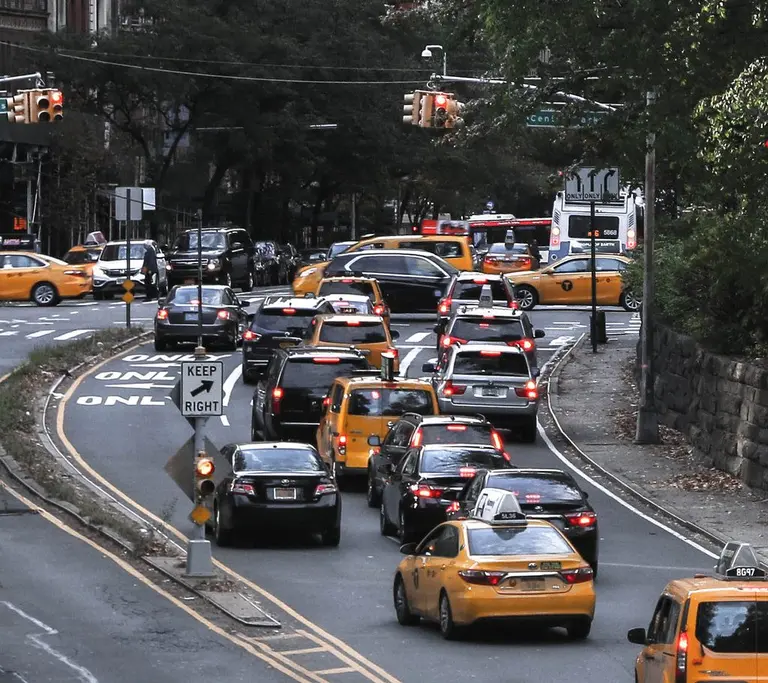
Photo via Lucas Klappas on Flickr
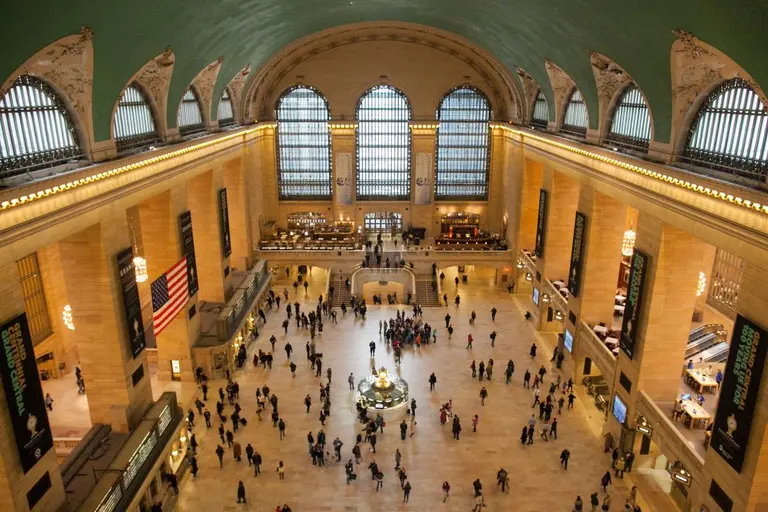
Grand Central Terminal, photo via NYC & Company
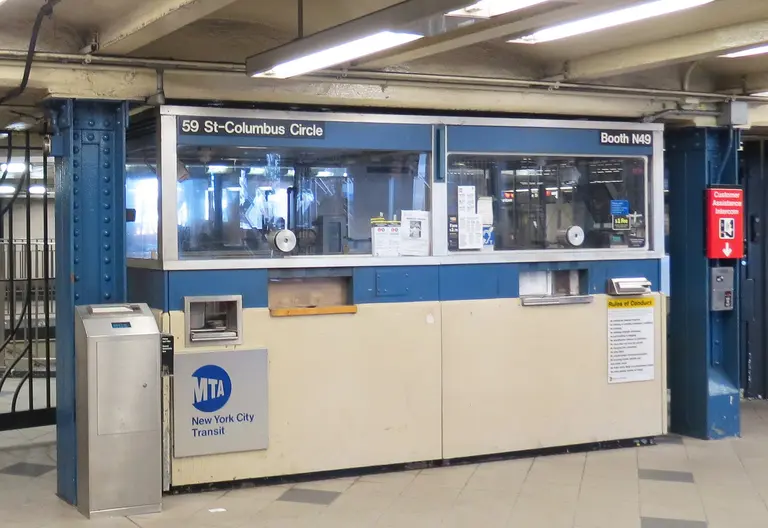
Subway booth at the Columbus Circle station, via Wiki Commons

Image: Phil Hollenback via Flickr.
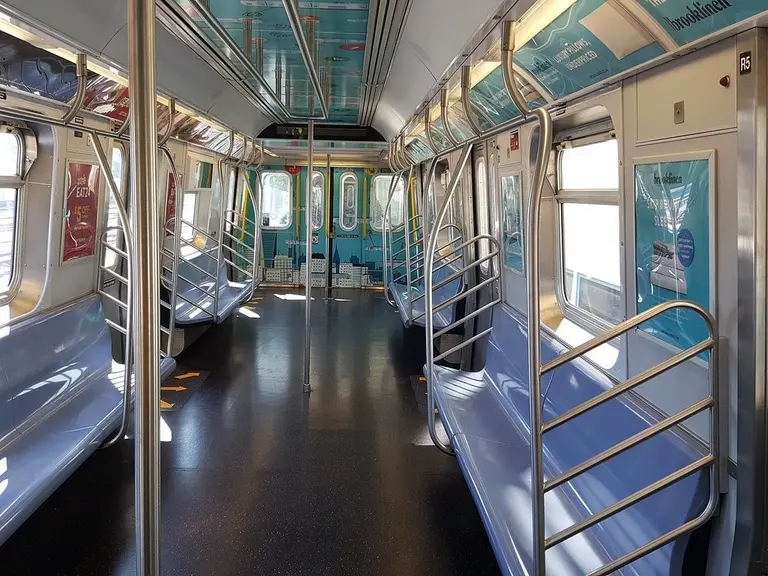
Updated interior of E train, photo via MTA on Flickr
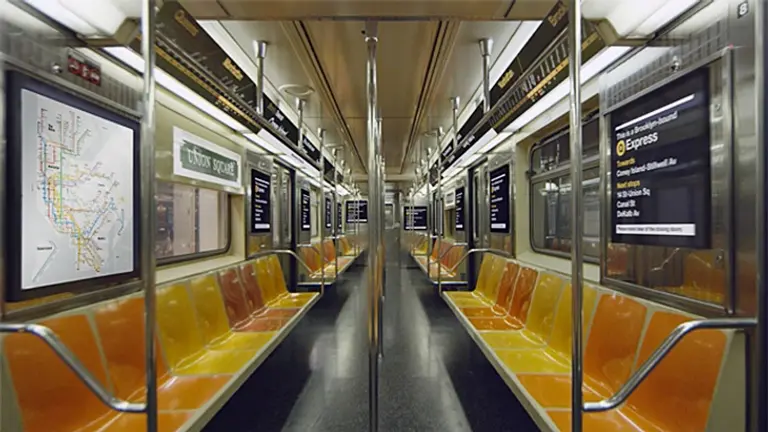
Digital screen rendering, courtesy MTA’s flickr
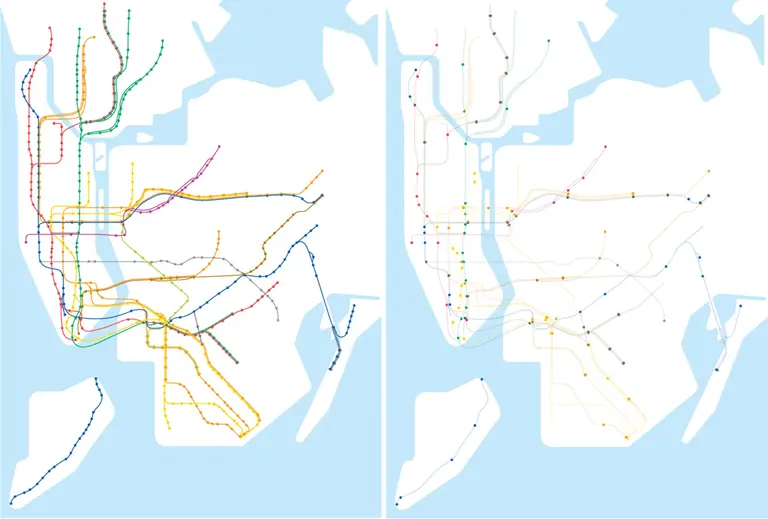
Maps via The Guardian

Photo courtesy of Roman Kruglov on Flickr